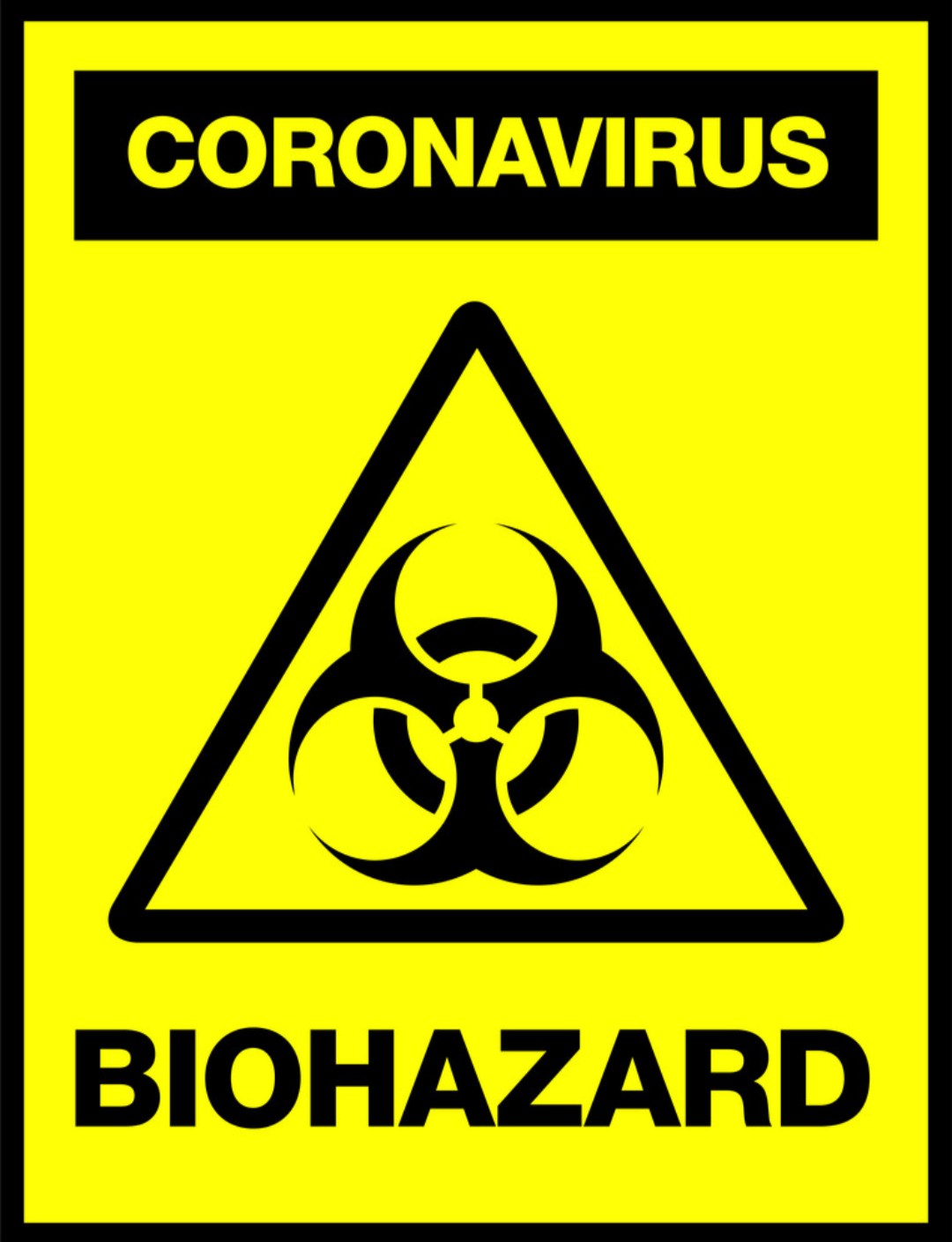By: Centers for Disease Control and Prevention
Am I at risk if I touch someone who died of COVID-19?
COVID-19 is a new disease and we are still learning how it spreads.
The virus that causes COVID-19 is thought to mainly spread from close contact (i.e., within about 6 feet) with a person who is currently sick with COVID-19.
The virus likely spreads primarily through respiratory droplets produced when an infected person coughs or sneezes, similar to how influenza and other respiratory infections spread. These droplets can land in the mouths or noses of people who are nearby or possibly be inhaled into the lungs. This type of spread is not a concern after death.
It may be possible that a person can get COVID-19 by touching a surface or object that has the virus on it and then touching their own mouth, nose, or possibly their eyes, but this is not thought to be the main way the virus spreads.
People should consider not touching the body of someone who has died of COVID-19.
Older people and people of all ages with severe underlying health conditions are at higher risk of developing serious COVID-19 illness. There may be less of a chance of the virus spreading from certain types of touching, such as holding the hand or hugging after the body has been prepared for viewing.
Other activities, such as kissing, washing, and shrouding should be avoided before, during, and after the body has been prepared, if possible. If washing the body or shrouding are important religious or cultural practices, families are encouraged to work with their community cultural and religious leaders and funeral home staff on how to reduce their exposure as much as possible.
At a minimum, people conducting these activities should wear disposable gloves. If splashing of fluids is expected, additional personal protective equipment (PPE) may be required (such as disposable gown, faceshield or goggles and facemask).
Cleaning should be conducted in accordance with manufacturer’s instructions for all cleaning and disinfection products (e.g., concentration, application method and contact time, etc.).
Products with EPA-approved emerging viral pathogens are expected to be effective against COVID-19 based on data for harder to kill viruses. After removal of PPE, perform hand hygiene by washing hands with soap and water for at least 20 seconds or using an alcohol-based hand sanitizer that contains at least 60% alcohol if soap and water are not available. Soap and water should be used if the hands are visibly soiled.
Am I at risk if I go a funeral for someone who died of COVID-19?
There is currently no known risk associated with being in the same room at a funeral or visitation service with the body of someone who died of COVID-19.
What do funeral Home Workers need to know about handling Decedents who had COVID-19?
A funeral or visitation service can be held for a person who has died of COVID-19. Funeral home workers should follow their routine infection prevention and control precautions when handling a decedent who died of COVID-19.
If it is necessary to transfer a body to a bag, follow Standard Precautions, including additional personal protective equipment (PPE) if splashing of fluids is expected. For transporting a body after the body has been bagged, disinfect the outside of the bag with a product with EPA-approved emerging viral pathogens expected to be effective against COVID-19 based on data for harder to kill viruses. Follow the manufacturer’s instructions for all cleaning and disinfection products (e.g., concentration, application method and contact time, etc.). Wear disposable nitrile gloves when handling the body bag.
Embalming can be conducted. During embalming, follow Standard Precautions including the use of additional PPE if splashing is expected (e.g. disposable gown, faceshield or goggles and facemask). Wear appropriate respiratory protection if any procedures will generate aerosols or if required for chemicals used in accordance with the manufacturer’s label. Wear heavy-duty gloves over nitrile disposable gloves if there is a risk of cuts, puncture wounds, or other injuries that break the skin. Additional information on how to safely conduct aerosol-generating procedures is in the CDC’s Postmortem Guidance. Cleaning should be conducted in accordance with manufacturer’s instructions. Products with EPA-approved emerging viral pathogens claimspdf iconexternal icon are expected to be effective against COVID-19 based on data for harder to kill viruses. Follow the manufacturer’s instructions for all cleaning and disinfection products (e.g., concentration, application method and contact time, etc.).
After cleaning and removal of PPE, perform hand hygiene by washing hands with soap and water for at least 20 seconds or using an alcohol-based hand sanitizer that contains at least 60% alcohol if soap and water is not available. Soap and water should be used if the hands are visibly soiled.
Decedents with COVID-19 can be buried or cremated, but check for any additional state and local requirements that may dictate the handling and disposition of the remains of individuals who have died of certain infectious diseases.

